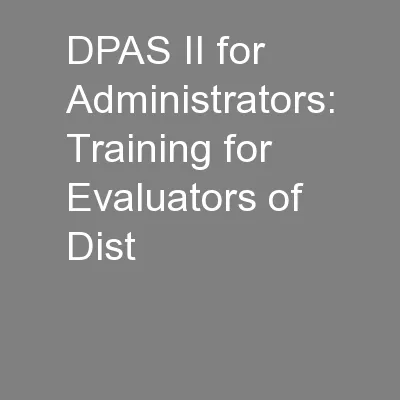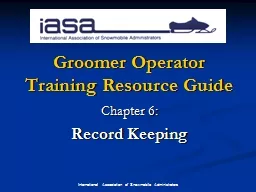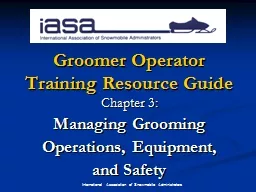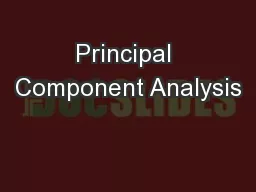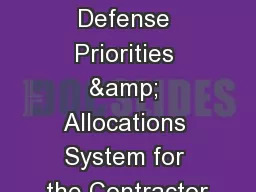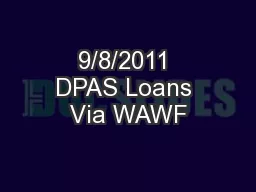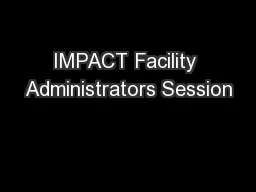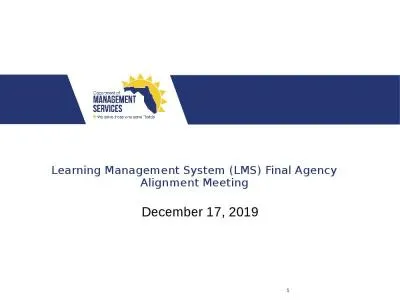PPT-DPAS II for Administrators: Training for Evaluators of Dist
Author : luanne-stotts | Published Date : 2016-09-07
Summer 2015 As a result of active participation superintendents and other supervisors of district administrators will Be prepared to implement the DPAS II for
Presentation Embed Code
Download Presentation
Download Presentation The PPT/PDF document "DPAS II for Administrators: Training for..." is the property of its rightful owner. Permission is granted to download and print the materials on this website for personal, non-commercial use only, and to display it on your personal computer provided you do not modify the materials and that you retain all copyright notices contained in the materials. By downloading content from our website, you accept the terms of this agreement.
DPAS II for Administrators: Training for Evaluators of Dist: Transcript
Download Rules Of Document
"DPAS II for Administrators: Training for Evaluators of Dist"The content belongs to its owner. You may download and print it for personal use, without modification, and keep all copyright notices. By downloading, you agree to these terms.
Related Documents

